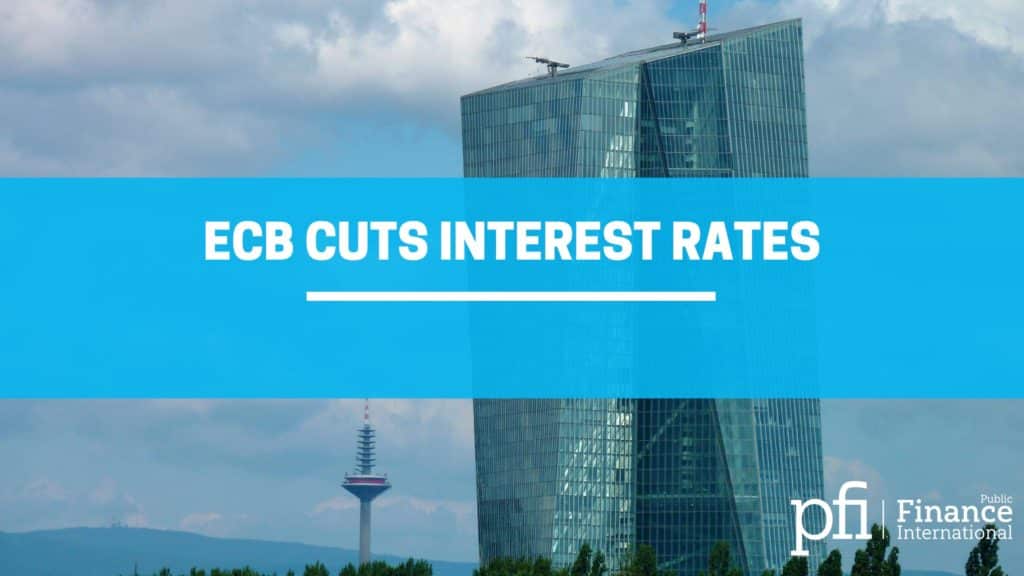This article was posted on the 11th of March, 2016
The European Central Bank cut interest rates in the Eurozone to strengthen economic growth during fears of a new economic crash.
The ECB announced that it would cut interest rates, and deposit rates and expand its quantitative easing program, to jump-start the European economy that has been lagging.
Mario Draghi, the president of the ECB stated in a press conference that the “comprehensive package will exploit the synergies between the different instruments”.
To gain back the momentum of economic recovery, this package will ease financing conditions, and stimulate credit provision. They aim to bring back inflation levels close to 2%.
Interest rates fall from 0.05% to 0%, along with deposit rates going negative from -0.3% to -0.4%. The money printing will expand to €80bn from €60bn.
By buying bonds from financial institutions, such as European online brokers, the bank pumps money into the eurozone. These financial institutions reinvest the money made back into the European economy. They also announced buying bonds issued by companies as well.
Mario Draghi expects this easing program to continue until March 2017, if necessary. The goal is the adjustment of inflation towards 2%.
The interest rate cut reflects the recent drop in oil prices. Cutting the bank deposit rate will encourage banks to channel money back into the financial system, lending money to households and businesses.
ECB projects inflation of 0.1% in 2016, rising to 1.3% in 2017, and 1.6% in 2018.
Growth forecasts were cut to 1.4% for 2016 from 1.7% as previously expected. For 2017 the forecast is cut from 1.9% to 1.7%. A 1.8% growth is expected for 2018.
The latest financial market volatility, slowing growth, low global demand, and stimulation measures had little effect.
International Monetary Fund and OECD call for a more balanced approach – incorporating investments and monetary policy.
These measures caused the European stock market to tumble, and the euro fell against the dollar, one of the biggest single-day swings in currency history.
You might be interested in:




